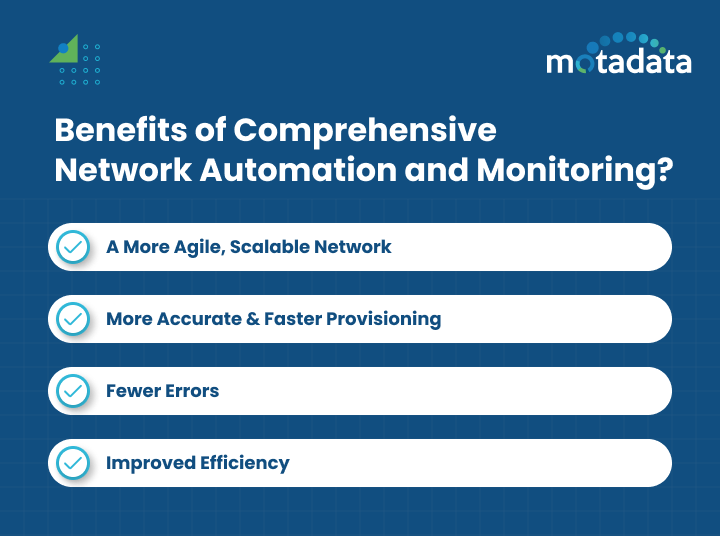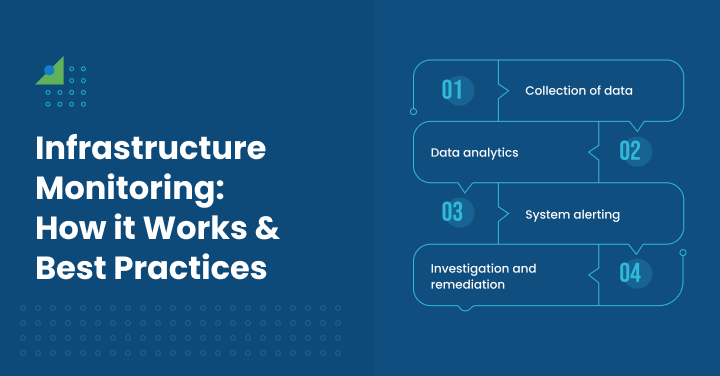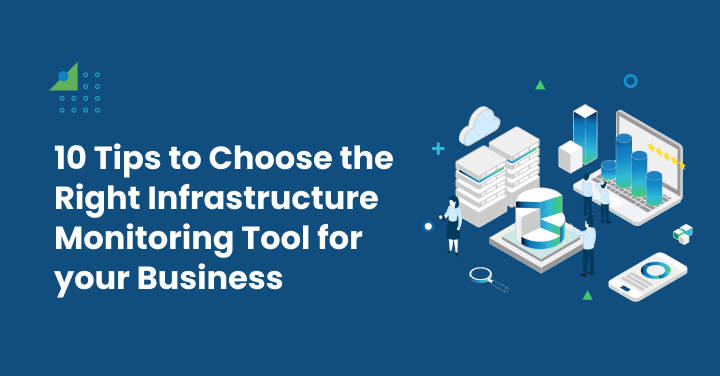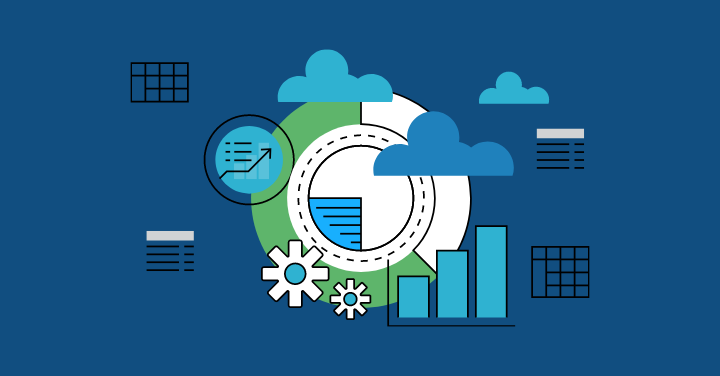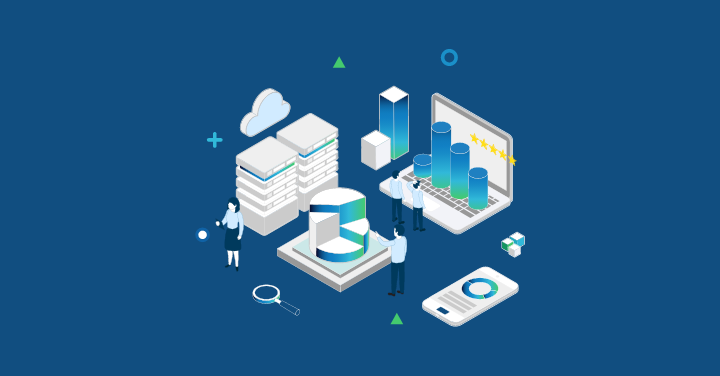The complex data and digital technologies that make up today’s modern world rely upon an intricately interconnected web of network infrastructure.
As more people and organizations continue to rely on digital devices and the data they provide, it becomes increasingly necessary to maintain a secure and resilient network performance.
As networks grow more complex, configuration changes. Moreover, a comprehensive network monitoring and automation strategy is key to avoiding downtime or security issues and ensure hassle free network operations.
Adopting these strategies ensures no network downtime, reduced server operational costs, adequate security policies for better data storage, and various cloud environments.
Network Automation and Infrastructure Monitoring
Network infrastructure monitoring is a process that involves observing, collecting, and analyzing data from various IT systems that make up a computer network.
That data is then used to inform decisions and ensure the optimal performance, health, and security of the network and its interconnected systems, such as routers, servers, firewalls, switches, and wireless access points.
While network monitoring service providers focus on data and analytics, network automation is about the management of network configurations without any manual intervention.
The IT staff can use the network automation software as it allows them to automate manual and repetitive tasks and workflows to increase efficiency, optimize performance outputs and keep the configuration errors at bay.
For example, network automation solutions can help streamline operations and reduce reliance on time-consuming manual tasks such as policy enforcement and device provisioning.
Challenges of Infrastructure Monitoring and Automation
When monitoring modern IT systems, the network administrators find challenges that too varied.
Yes, the challenges arise from the fact that there are often multiple cloud environments and vendors, each with its own infrastructure and service management.
The key is to find a monitoring solution that offers a comprehensive view of all cloud infrastructure that includes load balancing, data security, etc.
With automation, the network admins have just a few risks and challenges to consider.
First is the security risk. While automation tools are meant to streamline processes, they can open your systems up to new vulnerabilities and network issues such as improper access controls or unauthorized changes.
To avoid this, when adopting new network automation tools, it’s important to train employees on proper usage of this change management process and implement strong security measures, such as limiting access, using encryption, consistent security updates and performing regular audits and assessments.
There is also the fact that some legacy systems are not compatible with modern tools and programs.
This means you may have to do some planning and retrofitting to upgrade your network infrastructure while gradually migrating to automated systems.
Finally, there is also the challenge of communicating these risks to leadership to get approval for making changes.
In many cases, when IT and security executives report to the board, they often use overly technical jargon and fail to provide actionable information, which results in leadership denying approval for changes.
As such, before speaking with leadership to get approval for monitoring and automation changes, it’s important to finesse reports to ensure they are clear and adequately communicate risks.
Point to specific objectives and paint a big picture that better helps the board understand exactly why these changes are so paramount.
What Are the Benefits of Comprehensive Network Automation and Monitoring?
Network infrastructure monitoring and automation provide numerous benefits to help improve network security, data protection efficiency, and management.
With automation you get a plethora of important benefits. We have mentioned some of the top listed advantages below
1. A more agile, scalable network:
Managing complex networks is challenging and time-consuming, but with automation, you can streamline processes such as policy enforcement, device provisioning, and resource allocation, which allows for more efficient scaling of networks.
2. More accurate and faster provisioning:
By eliminating manual configuration and deployment, automation allows for more consistency and faster provisioning of network resources.
3. Fewer errors:
When performing tasks manually, it often results in more human error.
This can significantly impact the security and stability of your network systems. Automation can reduce and even eliminate these errors entirely.
4. Improved efficiency:
Using automation tools frees up time for your teams to focus on more important tasks, such as resolving more critical issues and focusing on more strategic planning and innovation.
Monitoring your network infrastructure also comes with advantages, including:
- Helping prevent cyberattacks: As network technologies become more advanced, cyberattacks increase and become more clever as well. Monitoring your networks allows you to be alerted to any suspicious activity, so you can head cybercriminals off before they strike.
- Providing real-time updates: Instead of addressing issues after they have escalated, monitoring allows you to detect issues in real-time as they happen. This enables you to act fast and prevent the issue from becoming a bigger problem.
- Improving business continuity: When your networks aren’t functioning, it interrupts business operations. With monitoring, you can detect issues that could cause an interruption and address them immediately, ensuring your teams can continue working without delay.
- Cloud optimization: With network monitoring, you also optimize your cloud resource utilization. Making the most of your cloud resources not only helps with efficiency, but it can also save your business money.
It should go without saying, but having a network that is more reliable, agile, and secure also has a positive impact on your customers.
When your customers have a better experience with your product, it will keep them coming back and ensure continued loyalty.
Infrastructure Monitoring: How it Works and Best Practices
There are a few different steps or components involved in network infrastructure monitoring. This includes:
- Collection of data: The first part of network monitoring involves collecting data from various sources, such as logs, applications, databases, hypervisors, metrics, and network devices and operating systems.
- Data analytics: When the data is collected, it is then analyzed. During the analysis process, patterns and trends are detected using analytics tools and methods, such as machine learning, statistical analysis, and querying.
- System alerting: After the data is analyzed, if an issue is detected, the system will generate an alert, which can be sent to the appropriate person or team via text, email, Slack, or other communication channels.
- Investigation and remediation: Once the alert is received, your team can then investigate the issue to determine the necessary actions to resolve the matter.
There are two primary ways to handle network monitoring, which include agentless monitoring and agent-based monitoring.
With agentless monitoring, you do not install software agents.
Instead, SNMP, WMI, and SSH protocols are used to gather and send data from your systems using remote APIs.
With agent-based monitoring, you would install a software agent on your network systems, and the agent would then gather the data and send it to a monitoring server.
Network Monitoring Best Practices
When integrating new monitoring tools with your network systems, there are a few best practices to follow to ensure you are making the most of your tools:
- Prioritize the alerts: The alert function of the monitoring system is the most important part, so make sure you prioritize setting them up in a way that works best for your teams. The most important alerts are typically those that affect user experience.
- Setup role-specific dashboards: Most monitoring tools offer you the ability to organize and create custom dashboards. Make the most of this function by setting these up based on separate roles and teams, such as a dashboard for your security team, one for your IT team, and even one for your business leaders.
- Run tests: Always run initial tests to ensure your monitoring system is working the way it should. Before officially deploying, do a test run and adjust as needed until everything runs accordingly.
- Review metrics regularly: The metrics you initially set your system up to monitor might need to change as your business goals change. Don’t just use the same set of metrics without checking regularly to ensure those are the most important ones to help you achieve your goals.
Of course, leveraging automation is another part of making the most of your monitoring system.
Automation and monitoring tools go hand in hand to help you achieve the greatest performance, efficiency, agility, and security.
Key Components for Network Automation
There is a wide range of network automation tools available, and the one you choose will depend on your company’s individual needs.
However, the below components are the most important to facilitate successful network management.
- Software-Defined Networking (SDN): Traditional network functions are closely connected with the physical hardware, which can make management more difficult. With an SDN, it separates the function controls from the physical devices, which makes the management of network systems more flexible. Am SDN essentially unifies control and management of all your different network systems.
- Orchestration Platforms: These automation platforms enable you to centralize controls when managing and defining network workflows and policies. You can use them to ensure configuration consistency and automate complex network tasks.
- Network Configuration Management (NCM): An NCM refers to tools that automate the management and configuration of your network devices, including switches, firewalls, and routers. NCMs can help you with software upgrades, ensure consistent network configurations, device provisioning, and policy enforcement.
- Network Virtualization: This automation tool enables you to easily separate network resources, which allows for more dynamic provisioning and allocation while speeding up deployment for improved scalability.
As monitoring and automation go hand in hand, you can also find a range of automated analytics tools to help you collect and analyze data in real time.
These tools automatically sort through data, and when they detect an issue, they send automated alerts, which help reduce the need for manual troubleshooting.
Conclusion
As network systems and data grow and become increasingly complex, having an IT infrastructure that runs optimally is essential.
Combining network monitoring and automation tools into your processes can vastly improve your company’s ability to stay ahead of costly problems like downtime and security breaches.
No matter the size of your company, automation and monitoring should be the focus and foundation of your IT strategy.



